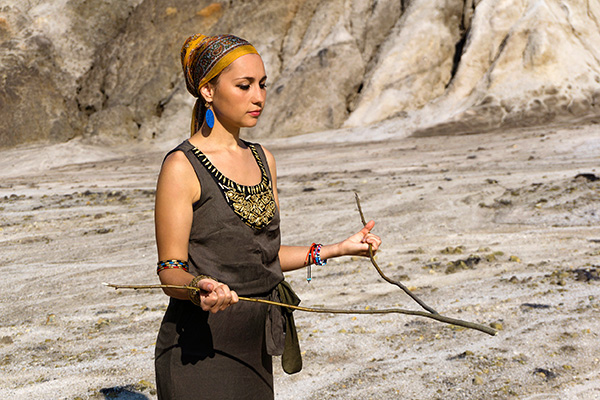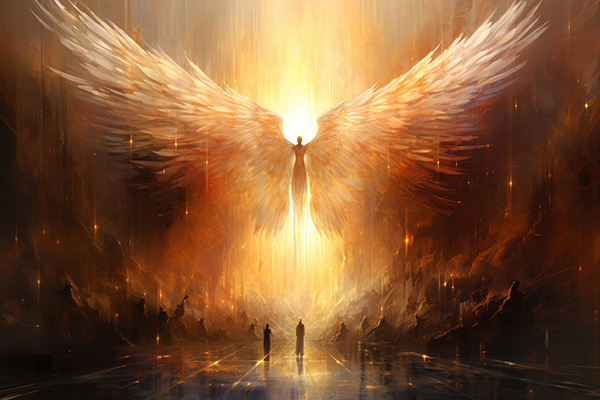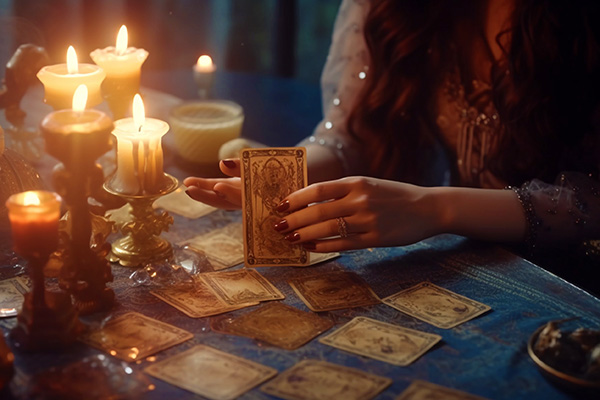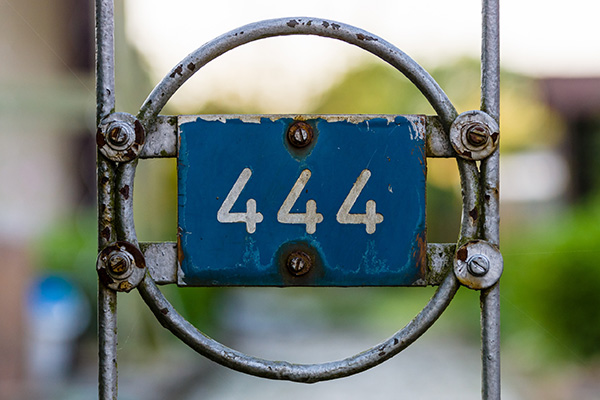spiritual guidance
The Magic Of Dowsing Stands The Test Of Time
 Dowsing, also known as “divining” or “water witching,” is an ancient practice that uses a tool such as a pendulum or divining rod to locate what is hidden, most commonly underground water, minerals, or lost items. it is also a divination method used to tap into the unseen or mystical to gain spiritual, psychic, or energetic insights.
Dowsing, also known as “divining” or “water witching,” is an ancient practice that uses a tool such as a pendulum or divining rod to locate what is hidden, most commonly underground water, minerals, or lost items. it is also a divination method used to tap into the unseen or mystical to gain spiritual, psychic, or energetic insights.
While skeptics dismiss it as pseudoscience, dowsing has persisted in many cultures for thousands of years, standing the test of time as a mysterious blend of mysticism and physics. I believe its continued presence throughout history speaks to its importance and continued relevance in today’s technological society.
Dowsing has ancient roots dating back thousands of years, although its exact historical beginnings remain uncertain. Archaeological evidence suggests that the practice dates back to ancient Egypt and China, where early civilizations used rudimentary dowsing techniques to locate water and minerals. Cave paintings in North Africa from around 8000 B.C. depict people holding forked sticks, which many experts believe may be dowsing rods.
The ancient Greeks and Romans were also familiar with dowsing, especially for locating underground water sources. They considered the dowsing rod or pendulum a sacred tool capable of tapping into hidden energies. It was believed that certain materials, especially wood or metal, could act as conduits for detecting invisible forces in the earth.
In the Middle Ages, dowsing became more widely practiced in Europe, often by miners searching for metal veins, especially during the mining booms in Germany and England. However, due to its inexplicable, mystical nature, dowsing also increasingly became associated with the occult and witchcraft, leading to its condemnation by the church.
The Divine Spirit Beings Who Guide Our Life Journey
 We are all here for two important spiritual reasons – to serve and to learn. Each of us has a unique calling to fulfill and lessons to learn for karmic growth and soul evolution.
We are all here for two important spiritual reasons – to serve and to learn. Each of us has a unique calling to fulfill and lessons to learn for karmic growth and soul evolution.
The contributions we are meant to make and the lessons we are meant to learn are unique to each of us, and it’s up to us to uncover these aspects of our soul plan as we move through life.
Our guides and angels are a powerful resource in this process, yet they often go unnoticed or even unrecognized. These spirit beings work quietly behind the scenes to provide guidance, support, and protection as we navigate our life journey.
Their primary role is to guide us in fulfilling our mission to be of service, learn our karmic lessons, and to grow. If we don’t fulfill our purpose or learn our lessons, it will keep reappearing in our lives in different ways until we recognize, resolve, accept or own it.
Our guides and angels are always behind the scenes – patiently waiting for us to seek their wisdom and allow them to assist us in fulfilling our soul plan. By connecting with our spirit team, we open ourselves to personal growth and spiritual evolution.
Our spirit and angel guides are benevolent, non-physical beings who serve as intermediaries between the physical and spiritual worlds. Each of us has guides who are assigned to help us, whether we acknowledge their presence or not.
The Timeless Appeal Of Tarot Divination
 I have yet to meet a spiritually-minded person who does not like the Tarot, or at least is not a little intrigued by this famous deck of cards.
I have yet to meet a spiritually-minded person who does not like the Tarot, or at least is not a little intrigued by this famous deck of cards.
The Tarot is arguably the world’s most popular and widely used divination tool, renowned for its rich symbolism and the depth of insight it offers. As an esoteric tradition dating back centuries, the Tarot has evolved into a diverse, sophisticated system of divination used by people from all walks of life to explore the mysteries of the mind, spirit, and the future.
Unlike some other forms of divination that require specialized knowledge or tools, the Tarot is accessible to both beginners and seasoned practitioners, offering a unique blend of art, intuition, mysticism, and storytelling. Its versatility allows it to address a wide range of questions, from personal and spiritual dilemmas to broader societal issues, making it a go-to resource for those seeking guidance, clarity, and self-discovery in an ever-changing world.
Each of the 78 cards in a Tarot deck is loaded with symbolic imagery and archetypal meanings that can be interpreted on multiple levels, from the deeply psychological to the spiritual and mystical. This layered symbolism allows diviners to explore personal dilemmas, spiritual growth, and the mysteries of life.
Unlike other divination tools that may rely on more rigid systems, Tarot offers a fluid framework that adapts to the reader’s intuition, personal beliefs, and level of psychic ability, making it accessible to people of diverse backgrounds and spiritual practices.
The Fairies Will Find My Pets’ Final Resting Place
Over the years, as I have expanded my spiritual understanding and esoteric knowledge, I have come to rely on a number of spiritual entities and metaphysical beings for guidance and support on a daily basis. This assistance from the higher realms is vital not only in my professional work as a psychic reader and healer, but also in my personal life.
I have learned that calling upon different spiritual beings for different things provides me with more holistic and powerful guidance, protection and support in different areas of my work and life. Different types of spiritual beings serve a unique purpose according to their inherent qualities and roles.
For example, I turn to my ancestors and guardian angel for personal safety and comfort, feeling their presence as a calming and protective force, especially during very difficult times. My ancestors also provide me with personal insight and a sense of continuity, helping me to navigate everyday challenges and connect with my cultural and family roots.
My spirit guides counsel and support me in my professional psychic and healing practice, as well as in my spiritual growth and life journey. They provide me with insight and wisdom to make informed life choices and decisions. At times, I call upon one of the archangels, such as Michael or Raphael, for more specific needs, such as protection from physical harm or for physical healing, to draw upon their specialized energies.
The ascended masters and the divine I call upon for deeper spiritual enlightenment, higher consciousness, and to cultivate specific spiritual virtues such as compassion, humility, gratitude, forgiveness, patience, generosity, integrity, and courage.



